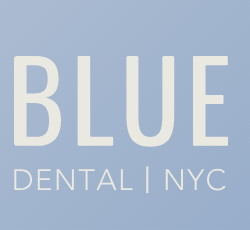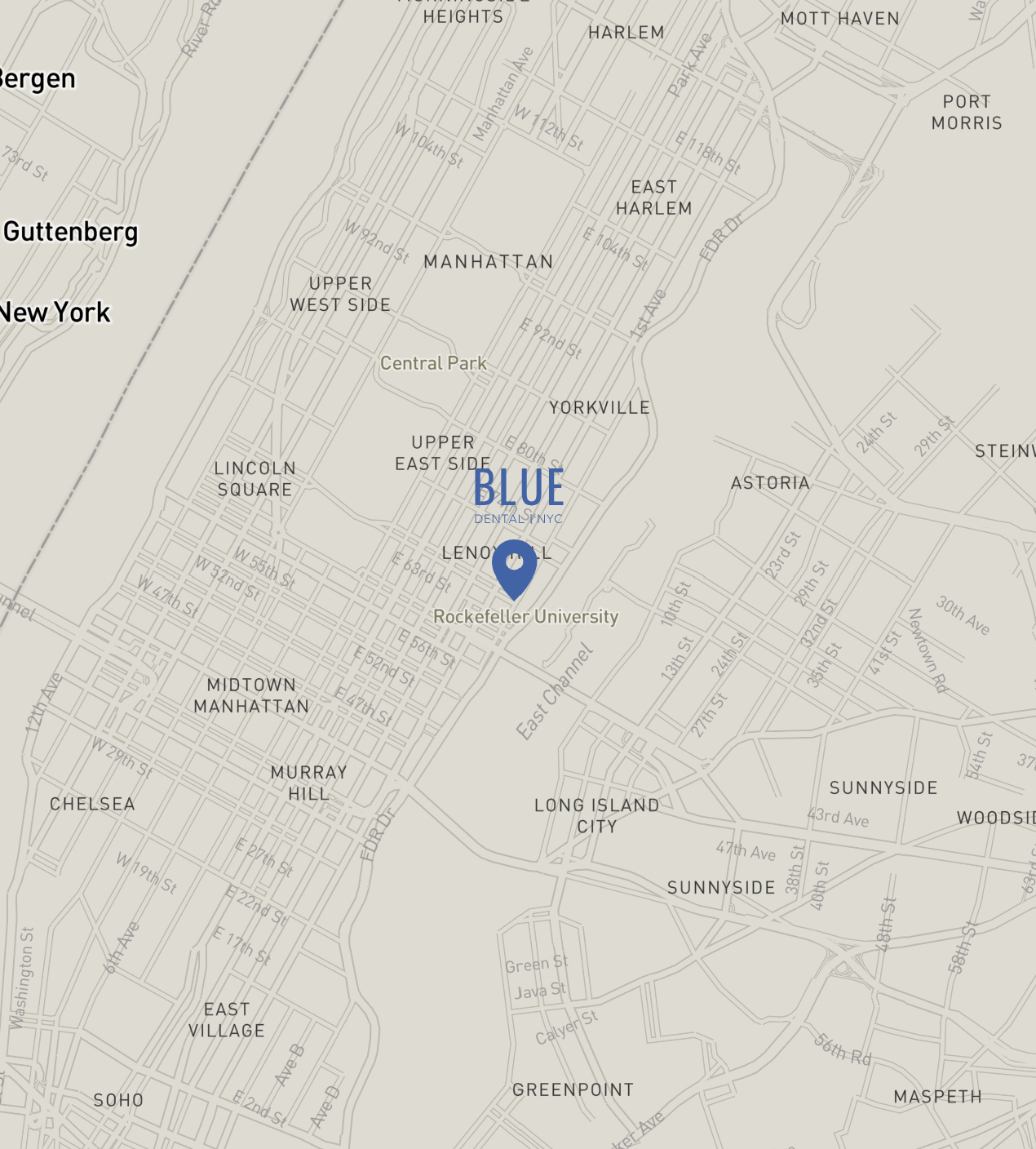Open Bite (Front Teeth Don’t Touch) on the Upper East Side, Manhattan
Why Choose Dr. Min for Open Bite Care
- Columbia-trained prosthodontist focused on bite harmony, long-term stability, and smile esthetics.
- Award-winning precision and military-honed discipline—expect meticulous planning and clear, calm communication.
- Team approach with trusted orthodontists and oral/maxillofacial surgeons for complex cases (TADs/miniscrews, orthognathic surgery).
- Digital diagnostics: photos, scans, and low-dose X-rays/CBCT (when indicated) for precise, personalized treatment.
What Is an Open Bite?
An open bite is when upper and lower teeth don’t meet when biting down.
- Anterior open bite: front teeth don’t touch.
- Posterior open bite: back teeth don’t touch (less common).
It can be dental (tooth position/habits) or skeletal (jaw growth pattern). Correct diagnosis guides the right solution.
Why It Happens
- Childhood habits: thumb/pacifier, prolonged bottle use
- Tongue thrust or low tongue posture; mouth breathing/airway issues
- Vertical growth pattern or skeletal discrepancy (e.g., vertical maxillary excess)
- Orthodontic relapse without retainers
- TMJ or bite-related changes, parafunction (clenching)
Signs & Everyday Concerns
- Front teeth don’t touch → difficulty biting sandwiches or thin foods
- Speech changes (lisp), air escape, or tongue show between teeth
- Excess wear on back teeth; jaw fatigue or headaches
- Smile concerns: gummy display, spacing, or flared incisors
Treatment Options We Provide/Coordinate
Orthodontic & Minimally Invasive
- Clear aligners or braces with planned vertical control
- Elastics to close the bite; careful occlusion finishing
- TADs (mini-implants) for molar intrusion and mandibular autorotation in adult cases
- Myofunctional therapy for tongue posture/habit correction
- Retention plan (clear/bonded retainers) to protect results
Restorative Support (when indicated)
- Edge bonding/veneers to refine esthetics after bite closure
- Onlays/crowns to rebuild worn teeth and balance forces
(Note: Restorations alone don’t fix skeletal open bite; they support function/appearance once orthodontic/surgical correction is achieved.)
Surgical (for significant skeletal open bite)
- Coordinated orthognathic surgery (e.g., Le Fort I impaction ± mandibular procedures) with our partner surgeons, followed by precise prosthodontic finishing.
The Process at a Glance
1) Exam & Records
Photos, digital scans, bite analysis, and imaging; discuss goals (function, esthetics, speech).
2) Custom Plan
Aligners vs braces, need for TADs or surgery, timelines, and phased fees.
3) Active Correction
Regular visits or aligner changes; elastics/TADs as indicated; habit/tongue training.
4) Finish & Protect
Detailing for stable contacts; esthetic refinements; retainers provided with wear schedule.
5) Maintenance
Follow-ups to ensure stability; guard or minor bite tuning if you clench.
Timeline & Comfort
- Typical orthodontic care: 6–18 months, case-dependent.
- Discomfort is usually mild and temporary after adjustments or new aligners.
Adults vs. Teens
- Teens: growth guidance improves predictability; excellent window to correct habits.
- Adults: aligners/braces ± TADs are effective for many; severe skeletal cases may benefit from surgery for the most stable correction.
Cost & Insurance
- Transparent, itemized estimates; phased options available.
- Many PPO plans include orthodontic benefits (strongest for teens; adult coverage varies).
- Surgical cases may have combined dental/medical benefits—our team verifies and files claims.
At-Home Care During Treatment
- Brush 2x/day with fluoride toothpaste; floss daily (threaders/water flosser with braces).
- Wear aligners 20–22 hours/day if chosen; follow elastic instructions closely.
- Bring retainers to checks; replace promptly if lost or cracked.
Frequently Asked Questions
Can clear aligners fix an open bite?
Yes—especially with planned vertical control, elastics, and (when needed)
TADs. Severe skeletal cases may require surgery for best stability.
Will my speech improve once the bite closes?
Often yes. Closing the gap and improving tongue posture can reduce a lisp; myofunctional therapy supports long-term results.
How do I keep it from coming back?
A customized
retainer plan, addressing tongue posture/habits, and periodic checks protect your outcome.
About Dr. Daniel Min
BA, University of Texas at Austin
DDS, University of Texas (American Esthetic Dental Association award; “Student of the Year” in clinical performance)
MS in Prosthodontics, Columbia University; former part-time clinical professor
U.S. Army veteran; current Army Reserve officer
Member: Academy of Prosthodontics; International Congress of Oral Implantologists
Service Area
Conveniently located on the Upper East Side and serving patients across Manhattan and the greater New York City area.
Call to Action
Having trouble biting into foods or noticing a gap when you close your teeth?
Book an open-bite consultation with Dr. Daniel Min to explore aligners, braces, TADs, or surgical coordination for a stable, confident smile.

